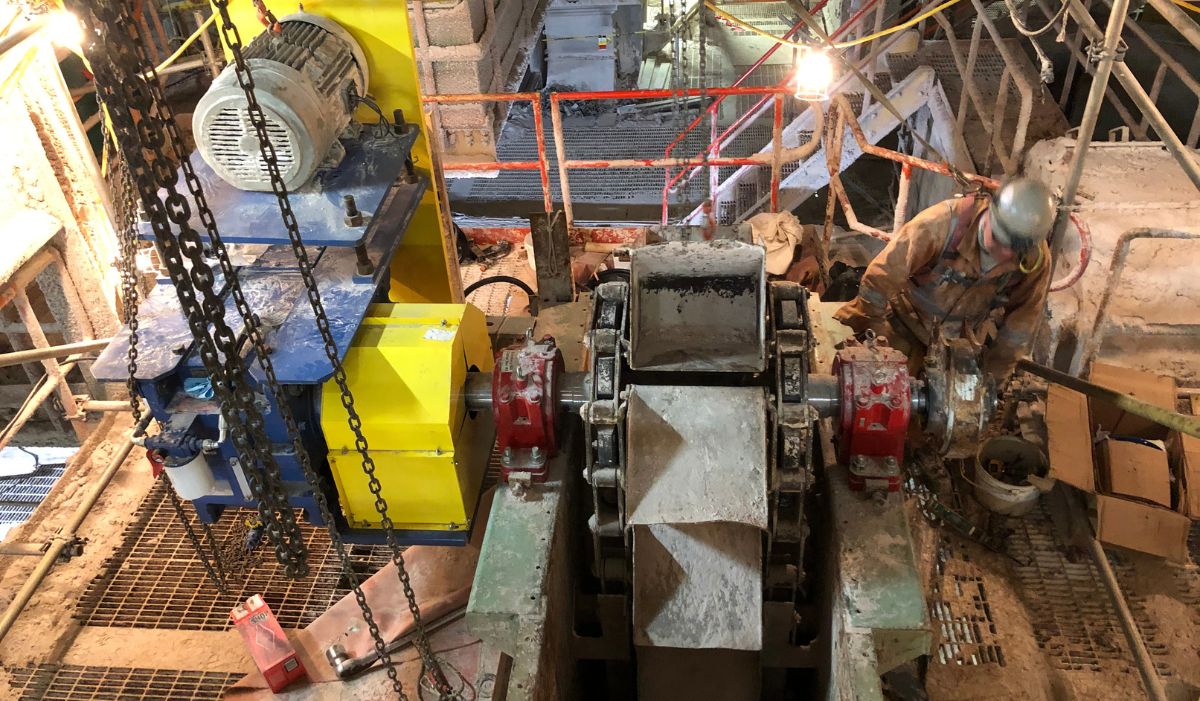Understanding Equipment, Machine, and Tool Guards: A Safety Guide for Worksites
Worksite safety is a top priority in construction and industrial settings, where workers regularly interact with heavy machinery and tools. One of the most effective ways to reduce injury risk is by using proper equipment, machine and tool guards. These simple but vital safety features help prevent contact with moving parts, flying debris, and other hazards that can cause serious harm.
This blog outlines what these guards are, why they matter, and how to use them effectively.
What Are Equipment, Machine, and Tool Guards?
In basic terms, guards are physical barriers or protective devices installed on machinery and tools. Their purpose is to block access to dangerous parts of equipment while still allowing the tool or machine to perform its function.
There are different types of guards depending on the equipment:
- Fixed guards: Permanent barriers that cannot be moved while in use.
- Interlocked guards: Designed to stop the machine when opened or removed.
- Adjustable guards: Can be moved to accommodate different sizes of materials.
- Self-adjusting guards: Automatically adapt to the size of the material being processed.
Whether you’re dealing with a table saw, conveyor belt, or industrial press, using the right guard reduces the risk of cuts, amputations, burns, and even fatalities.
Why Guarding Matters on Worksites
Worksites are full of fast-paced tasks, heavy machinery, and constant noise. In these environments, the smallest misstep can have serious consequences. Here’s why equipment, machine and tool guards should never be overlooked:
- Prevention of Accidents: Guards are a first line of defense against contact with moving parts, sparks, or sharp edges.
- Compliance with Regulations: Most jurisdictions, including Saskatchewan, have strict safety codes that require machine guarding under occupational health and safety laws.
- Reduced Downtime: Fewer injuries mean fewer disruptions, keeping operations running smoothly.
- Worker Confidence: A safe environment helps workers focus on their tasks without fear of injury.
Common Hazards Without Guards
When guards are missing or removed, several dangers become more likely:
- Entanglement: Clothing or hair can get caught in belts or rotating parts.
- Contact Injuries: Hands or fingers can come into contact with blades, gears, or moving components.
- Flying Objects: Without barriers, broken pieces or debris can hit workers at high speed.
- Crushing or Pinching: Lack of proper guarding can lead to caught-between or crush injuries, especially near presses and rollers.
Many of these accidents are preventable with proper guarding systems in place.
Best Practices for Using Equipment, Machine and Tool Guards
To ensure your worksite remains safe, here are some important practices to follow:
1. Inspect Guards Regularly
Make guard checks part of routine safety inspections. Look for signs of wear, improper installation, or damage. A broken or loose guard is just as risky as having no guard at all.
2. Train Your Team
Even the best safety equipment won’t work if employees don’t understand how to use it. Training sessions should explain:
- Why guards are necessary
- When it’s okay to remove a guard (if ever)
- How to report or replace faulty guards
3. Never Bypass Safety Devices
Sometimes workers may remove a guard to speed up the job. This is dangerous and often against the law. Reinforce a safety-first culture where shortcuts are discouraged.
4. Use the Right Guard for the Right Job
Not all guards are the same. Make sure the equipment, machine and tool guards match the specific tool’s design and intended use.
Examples of Guarding in Action
Here are a few examples of how guards are used across various worksites:
- Construction Sites: Circular saws come with blade covers that retract during cutting but return once the blade is clear.
- Manufacturing Plants: Press machines have interlocked guards that stop the press if the door is opened.
- Agricultural Equipment: Augers and grain conveyors have shields that protect workers from rotating screws.
Each of these examples shows how guarding can be integrated without affecting performance.
Legal Responsibilities and Safety Standards
Employers have a duty to provide a safe work environment under occupational health and safety regulations. In Saskatchewan and across Canada, this includes ensuring equipment, machine and tool guards are in place and functioning.
Regulatory bodies like the Canadian Centre for Occupational Health and Safety (CCOHS) and local construction safety associations offer guidance on how to remain compliant.
Final Thoughts
Creating a safe worksite isn’t just about checking boxes—it’s about protecting people. By prioritizing the use of equipment, machine and tool guards, employers and supervisors take a key step in preventing avoidable injuries and ensuring everyone returns home safely at the end of the day.
Whether you’re managing a construction crew or overseeing industrial operations, always take the time to inspect, train, and enforce proper guard usage. Safety isn’t just policy—it’s a practice.



